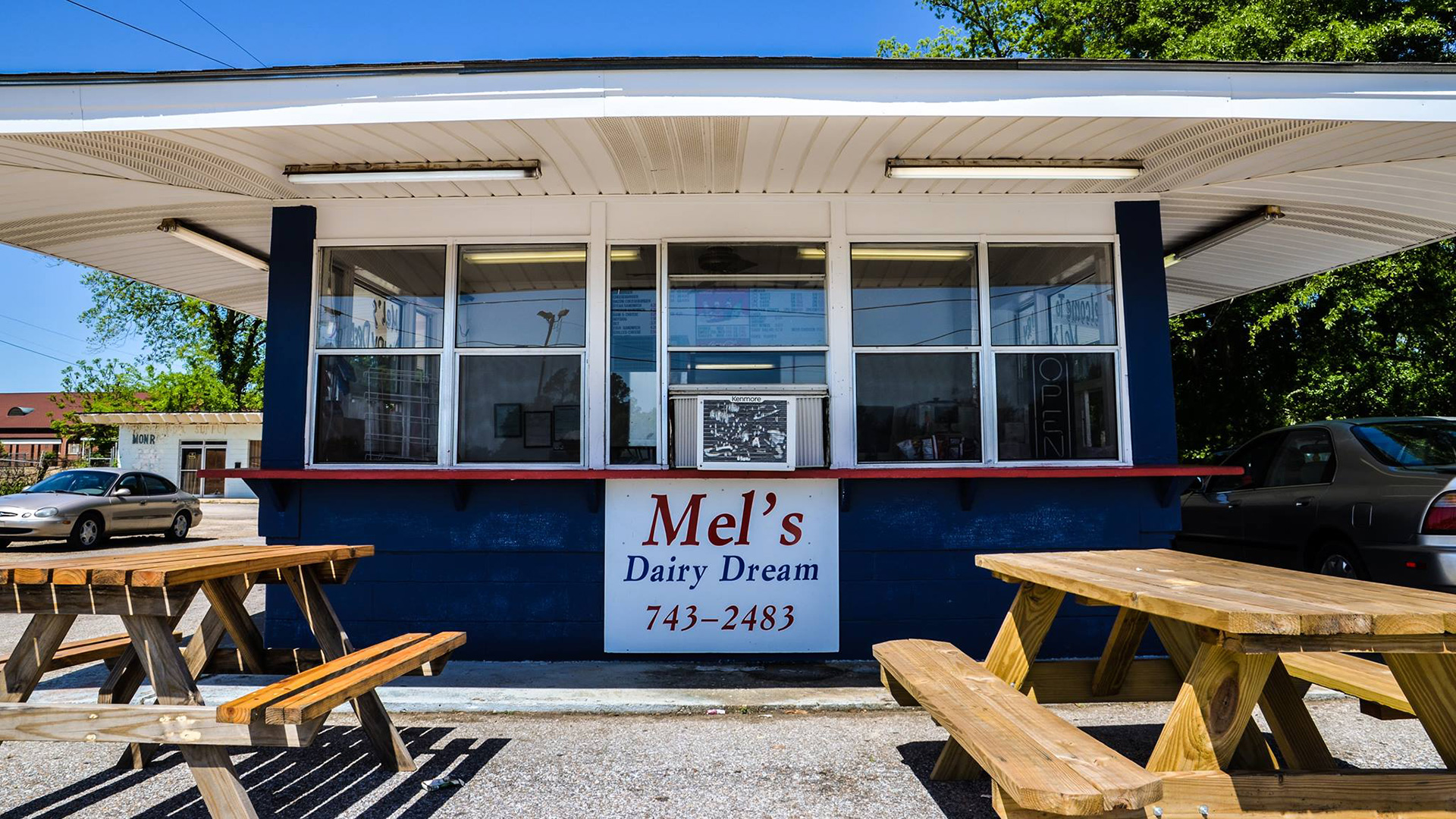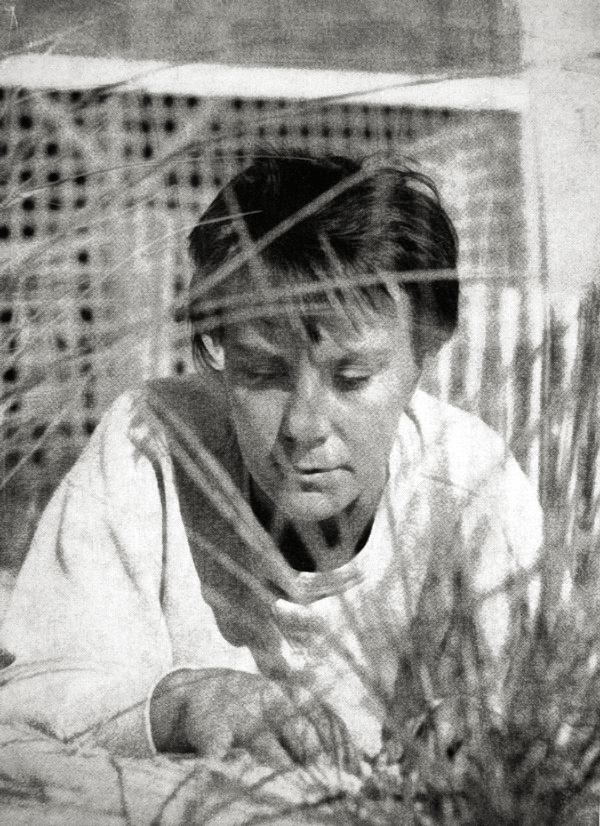
Harper Lee’s “Tired Old Town”
Visit little Monroeville, Alabama, the inspiration for the immortal “To Kill a Mockingbird.” Our Southern Reader's Travelogue continues.
“Maycomb was a tired old town, even in 1932 when I first knew it. Somehow, it was hotter then.”
—To Kill a Mockingbird
It might seem peculiar to drive to a “tired old town” in the middle of nowhere to pay homage to a writer who only managed two books in her very long lifetime, but Harper Lee’s To Kill a Mockingbird is not just any old book.
Published in 1960 to near-universal acclaim, the book has since sold more than 40 million copies in more than 40 languages. If you haven’t read To Kill a Mockingbird, you probably never graduated from an American high school; depending on who you believe, it is the most assigned school reading in America.
Hollywood wasted no time cashing in, flipping the book into a 1962 movie starring Gregory Peck and a young Robert Duvall. Peck won his only Oscar for his role as the exemplary Atticus Finch, the Great White Father, a man who stood strong against bigotry and ignorance, an exemplar of the imagined New South enlightenment.
Equal parts coming-of-age adventure and civil rights cri de coeur, Lee based her tale on the people and surroundings of Monroeville, and based Atticus on her own father, a lawyer who earned both praise and threat for his defense of Black defendants. Not much is left of the Monroeville, Alabama, that served as the model for Lee’s fictional Maycomb County, but the town fathers have had the good sense to preserve the courthouse where Atticus Finch pled in vain for Tom Robinson’s acquittal. (Despite his epic film career, Peck’s legacy is inextricable from the Finch character: He is Atticus, and vice-versa.)
Told from the perspective of the adult Scout, Watchman is a tough read that casts a revealing light on Mockingbird’s morality fable.
And as cool as the museum is for nerds like me, it’s the experience of standing where Atticus stood that makes this trek a drive worth taking. Granted, you don’t really get to stand in the exact same spot: the movie featured an identical replica constructed on a Hollywood soundstage. But it hardly matters. Here you can cosplay Gregory Peck intoning his moral plea; there you can sit upstairs where Reverend Sykes instructed young Scout Finch, “Miss Jean Louise, stand up. Your father's passing.” It gave me the tingles, and I’m as cynical an old goat as you can find.
The Old Courthouse Museum houses two permanent exhibits, including one dedicated to Harper Lee. The other covers Truman Capote’s childhood experiences in Monroeville where he was farmed out to his mother’s family; Capote served as the model for the character Dill. There are photographs of Peck and the cast visiting the small town, as well as set design drawings and other movie memorabilia.
Beyond the courthouse square, Monroeville has (d)evolved, as have so many small Southern towns. Very little of the landscape that inspired Maycomb remains, and Lee’s childhood homesite is now soft serve ice cream joint on a busy road. The site of the house next door, where Capote lived, is now an overgrown vacant lot.

After living for 40 years in New York City, Lee spent her final years in Monroeville, where she died in 2016. (Her gravesite is about a mile northeast of the courthouse.) Her final years were filled with controversy. Allegations flew between family members and her caretakers about elder abuse and exploitation, a conflict that reached its peak with the 2015 publication of Go Set a Watchman.
It is worth noting that, for all its supposed “universality,” Mockingbird is not an especially beloved book among Black readers. Like so many white southerners writing about race, the implicit blinkering of whiteness creates an enormous blind spot that relegates the Black characters to functional widgets while characters like Atticus, Scout—hell, even the emotionally crippled Boo Radley—are allowed to emerge three-dimensionally. As I have written elsewhere, Watchman is a fine antidote to the problematic adulation of Atticus Perfectus, that impossibly perfect Great White Father.
Told from the perspective of the adult Scout, Watchman is a tough read that casts a revealing light on Mockingbird’s morality fable. It’s an earlier—and uglier—draft of Mockingbird that exposes Atticus (and perhaps Lee’s real-life father) as a bred-in-the-bone racist. Some characters in Watchman do not appear in the more well-known book, and vice-versa. But it is the shocking moment when we discover that Atticus is a segregationist throwback that made so many die-hard Mockingbird fans cry foul.

Another especially revealing episode comes when the adult Jean Louise visits her caretaker, Calpurnia. In the original, Calpurnia is portrayed as the ever-dedicated Mammy figure. Any hint that she might have her own family to care for is invisible, and she is always ready to stay overnight or cook extra food and so on. For the motherless Scout and Jem, Calpurnia is the only Mom they’ve known. In Watchman, Jean Louise visits Calpurnia in her “native” setting. Lee’s description of the house and family is pure poverty porn, and while Scout is shocked by the squalor, it is her reaction when Calpurnia barely remembers her—a typical variant on “after all we did for her!”—that reveals her essential whiteness.
If you take the time to reread the original book and watch the movie, I expect you will be surprised at how much the cinematic version has dominated your memory. And if you go ahead and take the plunge on Watchman, you might gain a more nuanced understanding of the imperfect person who wrote the book and the time and place she lived in.
A time and place you can visit, more or less, by picking up a book or taking a drive to the country.
Go. Read.
About the author
Chattanooga-based writer/musician Rob Rushin-Knopf, Salvation South’s longtime culture warrior, blogs about culture at Immune to Boredom and appears regularly as one-half of the near-jazz duo RoboCromp.





